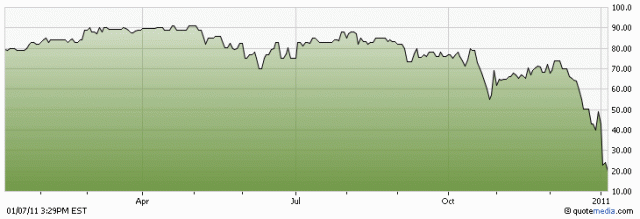If a 10-year government bond yielded 8%, and a fixed income investment in some corporate debt for the same term gave out 6%, what would you invest in? Assuming sovereign default is not an issue, every rational investor would take the government bond.
So the floor price for the corporate security would be a yield of 8%, if that security was perceived as having zero default risk.
It is likely investors would demand a premium over 8% to justify the extra risk that is embedded in the corporation.
However, if the government bond yield went up, the yield for the corporate security should rise an equivalent amount.
Finance textbooks would like to isolate this to a single variable, but the reality is not that clear – finance and economics are a multivariate game, and hence you cannot say that a 1% rise in government bond yields would result in a 1% rise in the corporate security. However, more often than not, you would see a rise of “around” 1% assuming default is not in play.
Since income-bearing equity is a perpetual claim on a corporation’s residual assets and cash flows, it would suggest that an increase in long-term government bond yields would also increase the yields on equity (hence, lower prices).
Paying attention to the Bank of Canada long-term government bond rate, currently around 3.6%, would partially explain price movements in very “yieldly” equities.
If long-term rates rise, yield chasers will be burnt. Your only defense – shorten your portfolio duration.

